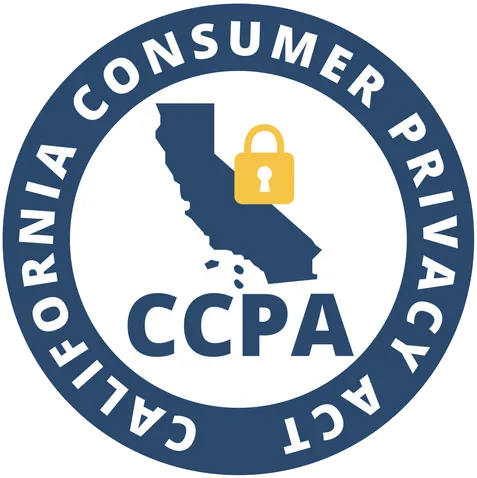All-In Recruitment is a podcast by Manatal focusing on all things related to the recruitment industry’s missions and trends. Join us in our weekly conversations with leaders in the recruitment space and learn their best practices to transform the way you hire.
This transcript has been edited for clarity.
Lydia: Welcome to the All In Recruitment podcast by Manatal, where we explore best practices, learnings, and trends with leaders in the recruitment space. If you like our content, please subscribe to our channels on YouTube and Spotify to stay tuned for our weekly episodes.
I'm your host, Lydia, and with us this week is Eva Baluchova, Global Employer Branding Lead at Danfoss. Welcome Eva. Good to have you with us.
Eva: Thank you for having me, Lydia. I'm very glad that I could join you here.
Crafting a Tangible Employer Brand
Lydia: Yes, me too. So, walk us through your background, Eva. I mean, what aspects of your background have prepared you for a global role in employer branding?
Eva: That's a very good question. I have been thinking about that for a long time. My recruitment journey began around 13 years ago in Slovakia. I started in a recruitment agency, and about nine years ago, I moved to the Netherlands, where I started combining talent acquisition with employer branding, mostly as a consultant. Early on, when I started as a sourcing specialist, I quickly realized that attracting talent was not just about finding people but about positioning companies as a great place to work. That became my passion. Over time, I shifted to employer branding completely. Here I am at a mechanical engineering company with over 39,000 employees. If you ask me about one aspect that prepared me for a global role, there is no single answer because I am still learning. I have been in a global role for slightly over two years. What I can see is that global roles require constant adaptation to new markets, cultures, and business needs. That is why I would say my consultancy background played a key role in preparing me for this role. I was privileged to work in human resources, recruitment, culture, talent development, and closely with founders and business leaders. I think that taught me to see the big picture, identify problems, and design tailored solutions. That was the thing I would say.
Lydia: Multiple perspectives often help shape exactly where you're taking that employee branding narrative, and to really target it based on the business needs as well, right? So, what are some areas that you're focusing on right now?
Eva: My biggest focus right now is scaling our employee advocacy program. We started with a pilot of 200 employees last year, and just two weeks ago, we launched it globally. This week, we are onboarding around 230 new participants. It really shows us that it is not only an employer branding trend, but also a trend among employees. The need for authenticity is there.
Besides this, another key priority is working on our global employer branding strategy framework. Since Danfoss is a very metrics-decentralized organization, we have many businesses, and each has slightly different needs. I am working on a framework that is clear, adaptable, and practical. Often, employer branding specialists think very theoretically, and businesses have difficulty connecting with those strategies.
Right now, I am working on new messaging guidelines, updating the employee value proposition, and everything around it. My main goal is to make it tangible and concrete.
I also do core employer branding work, where we are improving the candidate journey touchpoints, strengthening internal branding, and making sure we are aligned with our inclusion initiatives at the company. I think these are the top three priorities.
Fostering a Global Ambassador Community
Lydia: You just mentioned employee advocacy, right? Being a very critical component, obviously, of any successful employee branding strategy. So, for those who are looking to begin such an initiative in their companies, what are some ways to begin engaging employees when it comes to promoting the employer brand?
Eva: Yes. I always say that employee advocacy is not just critical, but it is the most important tactic every company should adopt, as well as the most cost-effective. However, it comes with the highest level of effort. If you're looking for short-term results, it might not work out. You do have to invest a lot of effort, but it has a significant impact.
What I always recommend to start with is to first ask yourself whether you can invest some money. It does not need to be a lot. You may just need to invest initially in a social media distribution tool. There are many on the market, and you can find quite affordable ones. But if you cannot, like we at Danfoss, we started without any tools or budget.
How we started, and it was a success, was that we first assessed whether we were going to be inclusive or exclusive. Were we going to pinpoint employees and ask them to join, or were we going to ask anyone to volunteer? We chose to be inclusive because we wanted to work with anybody who was even slightly interested in personal branding and being on social media.
Then, we trained them extensively. We had been training every week and every month.
Lydia: Training in what aspect?
Eva: That's a very good question. Our goal was to create content creators. The main reason people are not active on social media today is that they lack confidence.
First, they think they are nobody. They think, "I'm not interesting."
The second problem is that they do not know how to write or how to take pictures.
The third problem is that they do not know how to combine the company's tone of language with their personal voice. They do not know how to find that balance.
Those are the three topics we have been building on throughout the year. We did a training bootcamp and taught them really practical things.
We taught them how to find their tone of voice. We gave them small exercises using different words to identify with. We taught them how to use their phone to take pictures.
Today, we are giving them one idea each week—a story they can share on LinkedIn. These are very tangible, very low-key ideas.
We also show them different copywriting techniques: how to start with a hook, what kind of call to action they can use.
I think this is where many companies fail: they do not provide training that is truly helpful and useful. Instead, they often teach high-level concepts like personal branding, which may not be directly applicable.
I would tell everyone to start by being very practical with people and teaching them what they actually need to learn.
Lydia: So, when you have a global workforce and at large, you have chosen a few people to do this, and you’re running this training at the same time, what is it like to schedule the time for all this and also be able to bring that whole program together? I mean, what is the medium that you use? How do you roll it out?
Eva: Yes. Since Danfoss, at the beginning, did not have any budget for tooling, we decided to utilize the Microsoft environment—Teams, Viva Engage, SharePoint, Planner and other features.
We had our first pilot with 200 people across different time zones. So, we scheduled monthly community meetings. One session was held early in the morning, and the other session was in the afternoon, my time. The afternoon session allowed US participants to join, while the morning session included more participants from the Asia-Pacific region.
During these community meetings, we spotlighted the efforts of our ambassadors. Recognition is very important. We reward people for their participation and effort, regardless of how many likes they receive. Just participating and taking action is what matters.
The other part of the community meeting always involves learning—tips and tricks on how LinkedIn works, providing them with manuals, and so on.
What we achieved through this community building was actually the foundation of our success today. The community is so strong that we created a sense of trust and belonging. Now, every ambassador is liking each other's posts and resharing them. Every time I need help from ambassadors, they jump in immediately.
Community building is one of the most important things, especially if you have ambassadors globally in different places. It is also a strong selling point for the program. It connects people globally and enables them to learn from each other, from different cultures and perspectives.
So, it is definitely a key selling point for the ambassadors.
Lydia: So, in terms of actual returns [of investment] or actual results coming out from this, has there been any way to measure the amount of effort that's gone in, and also to measure the outcome?
Eva: Yes, so the first year, or last year, when we did the pilot, it was very hard since we did not have any tools. Normally, these tools provide you with metrics, but what we had been measuring was the participation rate.
LinkedIn provided us with quite a bit of data, so we could see how many posts were made monthly using the hashtags we had recommended. We had recommended two hashtags that were more culture-related. For example, in just six months, we got over a thousand posts.
LinkedIn gave us data on how much our employees were engaging with our brand and also how much non-employees were engaging with our brand. We could see an increase in those numbers. We could see how much our brand was influencing the decision to apply. We also saw a slight increase there. We do not take all the credit, because, of course, our product marketing team is doing activities as well. But we could see that we had a good impact.
This year, we are already implementing a tool. We started a month ago, so we can already see how many impressions we are gaining and what the earned media is for every post that is shared by employees.
We are also measuring quite a few other things, like participation. For example, if we have community meetings, I am interested in seeing how many people are attending. That gives me a signal as to whether I am doing a good job of engaging and entertaining them.
We also track how many people are completing our micro-learnings or e-learnings, and who is creating them.
So, we are not really finance-driven at the moment. For us, participation and engagement matter, and it is like a snowball. It might not look like the most successful initiative at first, but eventually, it will be successful.
Lydia: Has there been any feedback from the recruitment side or the talent acquisition side in terms of those actually applying for jobs? Or has there been any direct correlation? Are you able to see that?
Eva: I'm not aware of any feedback like that. I mean, we are getting a lot of feedback from our talent acquisition partners, and they are very happy with the advocacy initiative.
Within our program, we are also providing our recruiters with different e-learning or training related to becoming advocates themselves. At least from what I hear, they are very happy about the free employer brand awareness posts that are now online. They no longer need to post just the classical "we are hiring" announcements—they can now share about the roles through employee stories.
So I know that they are appreciating it. Whether it has already had any recruitment results, we have not measured or cannot really say at the moment. But that is my assumption.
Ensuring Authenticity in Employer Messaging
Lydia: So, in terms of the employee branding team itself, generally speaking, how should employee branding teams collaborate with other departments? You've got marketing, product marketing, as you mentioned earlier. Then you've got large HR teams, for instance, and even large corporate communications teams when it comes to creating a cohesive message to go out there.
Eva: Good question. At Danfoss, global employer branding, or employee branding, sits within HR, specifically in Global Talent Acquisition, which I believe is the right place for it. I believe that since employer branding is about attracting, engaging, and retaining talent, it makes sense that it is closely tied to recruitment and HR strategy.
But, as you said, employer branding does not work alone. I collaborate with branding and marketing teams. It is very important that we align on global messaging, making sure that what we say about Danfoss as a whole is aligned with how we want to be seen.
In employer branding messaging, we also try to distinguish it from corporate and product branding. It cannot all be the same messaging. You need to segment the message based on the audience. So, we work together, asking for each other’s feedback and input.
I also work very closely with HR and HR tech people. I need to get a lot of feedback on the employee experience, from onboarding to career development. We check whether we are applying the messaging internally, whether it appears on learning platforms, and whether it is reflected in employee engagement initiatives.
With the HR tech teams, we ensure that digital tools reflect our brand through internal portals or recruitment platforms.
Last but not least, I collaborate a lot with employees and recruiters. Employees are the strongest storytellers. They are great at amplifying key messages in a natural and relatable way. I mostly use leaders and employees to draw from their vocabulary and integrate it into our messaging to make it more tangible.
So, it is important to collaborate with different departments. Specifically, if you are hiring for certain segments or job functions, you really need to work with people who are actually doing the job in order to build authentic messaging.
Lydia: So, what do you see as the biggest challenge in employee branding today, in your experience at least, and what might be some ways to address them?
Eva: Yes. What I see right now in my global role is that one of my biggest challenges is finding the right balance between consistency and local relevance.
Every company needs to have a clear and unified message, but what works in Europe might not work in Asia or the Americas. Different regions have different cultures, expectations, and job markets. There is no one-size-fits-all approach, and it is quite difficult to find that balance.
We are still learning and improving, even when we are successful. I think that is the number one challenge for global employer branding.
Another challenge, which we already touched on, is measuring impact. Employer branding does not show instant results like hiring metrics do. It is harder to prove the value of employer branding because you have to track long-term data, such as brand awareness, engagement, and employee advocacy. That makes it quite challenging to convince the business that investing in employees is worthwhile.
Finally, one of the biggest challenges all employers are facing is authenticity. How do you really say what your audience wants to hear while being truly real and differentiating from other companies? You do not want to sound like polished corporate jargon.
Those are the biggest challenges I see.
Lydia: So in terms of, as you mentioned earlier, the ability to make the case for investment in employer branding, right? It's definitely a challenge, but what might be some ways to go about doing that in your experience when the ROI or the impact isn't immediately measurable?
Eva: Yes. Mostly, how I go about that is by showing where the money is spent and where it can be saved—basically showing the cost of doing nothing.
A weak employer brand leads to longer hiring times, higher recruitment costs, and lower-quality applicants. This can be quite easily quantified. There are a lot of benchmarks available on the internet. AI can also help with those numbers.
To prove the case for employer branding, I often turn to recruitment numbers because those are usually easier to pull in. I compare things like the cost of vacancies, turnover, and disengagement, and what kind of financial impact it has if we neglect employer branding.
What also works very well for me is benchmarking against competitors. Everyone has a bit of a competitive spirit, and if you are part of a large company, you are always interested in seeing where you stand. So I create competitor maps and show, in terms of employer brand, how our messaging compares and what can be achieved if we improve certain aspects.
Lastly, what is very important in any employer branding case study is tying it to retention. A strong employer brand is not just about attracting talent. For example, at Danfoss, we are not currently hiring very actively. So, if I propose an employer branding strategy, I would get immediate objections like, "We are not hiring right now, so hold off."
But if I tie it into employee engagement and retention, I get immediate sign-off.
Handling Negative Reviews With Transparency and Solutions
Lydia: So, in terms of employee branding, as much as the effort it takes internally is going to be a lot of positivity and authenticity, right? But of course, you're also going to have to deal with negative employee reviews or even social media comments. You always have to deal with that group. So, generally speaking, what approaches can employer branding professionals take when they need to address negative employee reviews or social media comments?
Eva: Very vulnerable topic. Every time I see a negative comment, my heart always shrinks a bit. You get that little fear in your belly because you do not want to mess up the answer.
I think the goal is to stay transparent, learn from the feedback, keep the conversation open, and try not to get caught in endless online debates.
My approach is really to listen and acknowledge the person's feedback, to give them a little validation, even if I completely disagree. Do not take it personally, and do not think it reflects poorly on you as an employer branding professional. Try to take it as constructive feedback and respond professionally.
Stay calm, be respectful, and be very solution-focused. I would say never get defensive. That always goes wrong. Stay focused on solutions. If you are not confident in your writing, let AI help you draft a response.
A very important step when a negative comment comes in is to bring it into internal conversations. Try to show internal stakeholders that it may be part of a recurring pattern or something that deserves attention.
So, to summarize: be transparent, learn from feedback, stay solution-focused, and keep the conversation open, without getting caught in too much online debate.
Lydia: And you mentioned AI doing the writing. So, there's definitely an element in there in terms of getting that assistance or that help from technology. In what ways have AI and automation maybe influenced your employee branding strategies, as well as the recruitment efforts that are going out?
Eva: Yes. I mean, things like ChatGPT are literally my partner—my life partner. I even call him Adam.
Personally, the impact has been incredible. I love it. I believe that every company and individual that adapts quickly to AI will have the biggest advantage on the market.
I am, of course, fully supportive of chat and AI agents. They help me personally with personalized content, targeting, benchmarks, research data, and talent mapping. I love using it for employer branding messaging, especially where I need to differentiate based on audience.
I use it a lot for internal communication, for example, when I do not want to sound too harsh, too boring, or too corporate. It helps me be more relevant and engaging. So definitely, for content creation, social media, and related tasks, AI is a huge help.
The second biggest impact is on increasing recruitment efficiency. AI is having a significant effect on the talent acquisition world because automation is speeding up candidate sourcing, screening, and communication.
Of course, that can feel scary. People might wonder what recruiters will do next. But actually, it allows them to focus on human connection. They will never be replaced, and AI simply removes the manual tasks.
Another area where I use AI a lot—one that I may have already mentioned—is AI-powered analytics. I love how it helps track hiring trends and brand perception. It shows you data that allows you to adjust strategies in real time, not based on biased input, but on meaningful, data-driven insights.
Networking to Build Recruitment Expertise
Lydia: So Eva, the final question is what advice would you give someone who is starting out in employee branding or even in recruitment, coming from your recruitment background, starting out in recruitment or employee branding today?
Eva: I would recommend that people not let imposter syndrome get to them. Do not let that happen.
Network a lot with people in the same profession and try to learn from others. Use AI. That would be my two tips.
In my early days, when I started, AI was not available, so I had to rely solely on networking. I got a lot of mentors, and many people from my LinkedIn network helped me build my employer branding knowledge.
So, I can highly recommend that.
Lydia: Well, thank you so much for your time and these great insights today on the work that you're doing in employee branding, as well as being a professional in this particular space. So, thank you again for your valuable insights, and I'm sure whoever is listening in wants to connect with you, take up their conversation, and find out how to get things done in employee branding. Where can they connect with you?
Eva: Awesome. Thank you, Lydia, and thank you all you listeners for being here until the end. This has been a pleasure sharing these insights. You can find me on LinkedIn and follow me for more on any employer branding initiatives or tips and tricks, if you are interested.
Lydia: Thank you again, Eva, and we have been in conversation with Eva Baluchova, Global Employer Branding Lead at Danfoss. Thank you for joining us, and stay tuned for more weekly episodes from All In Recruitment.




.png)

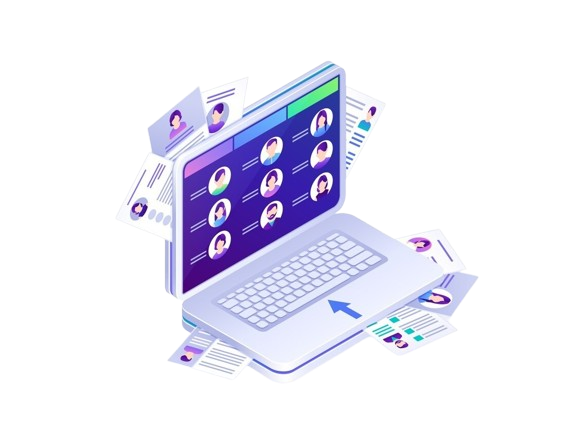



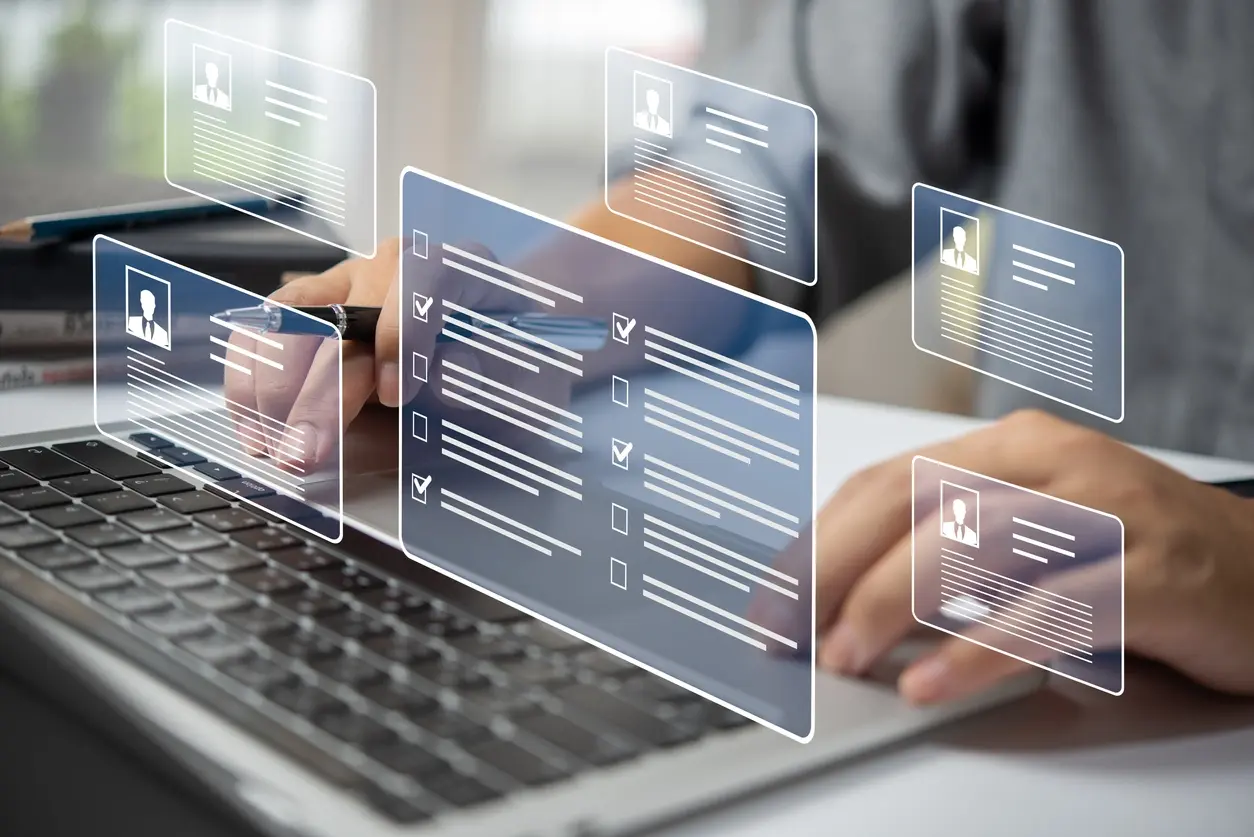





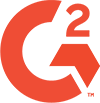


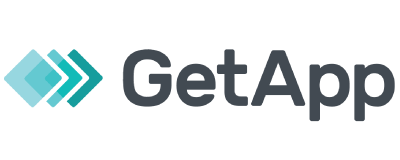



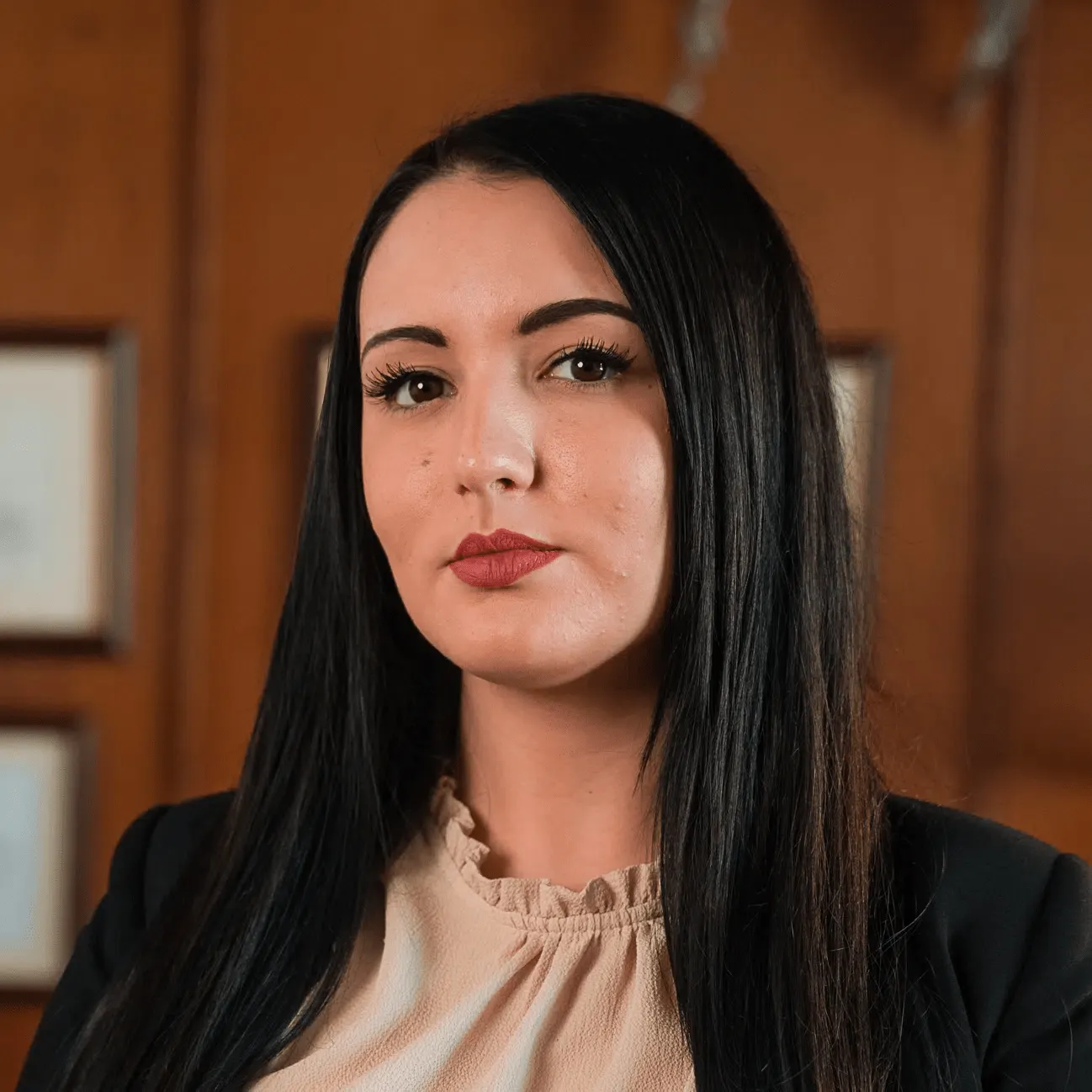



.webp)

.webp)
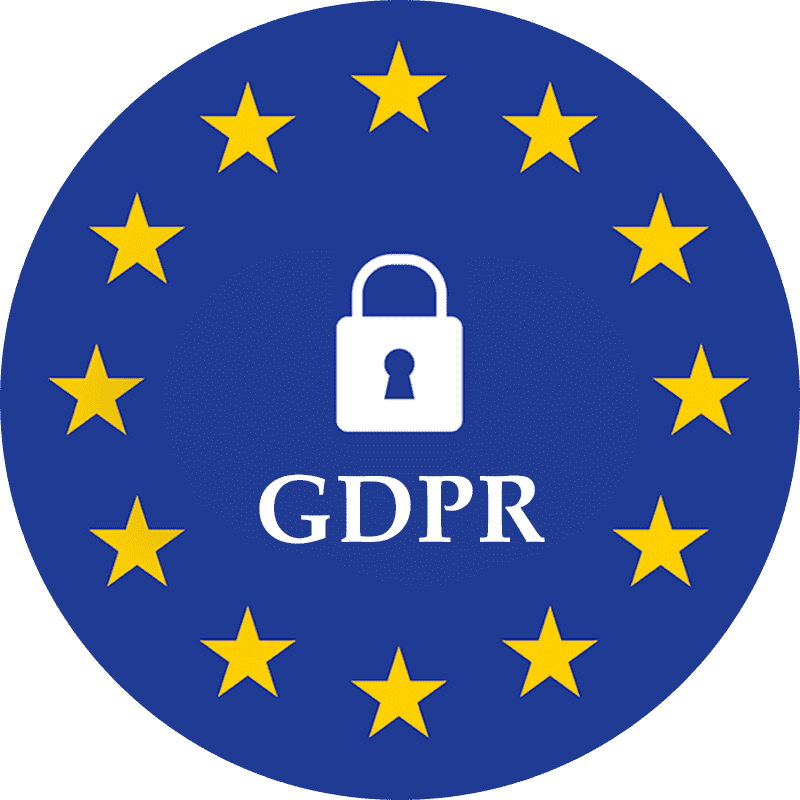
.webp)
